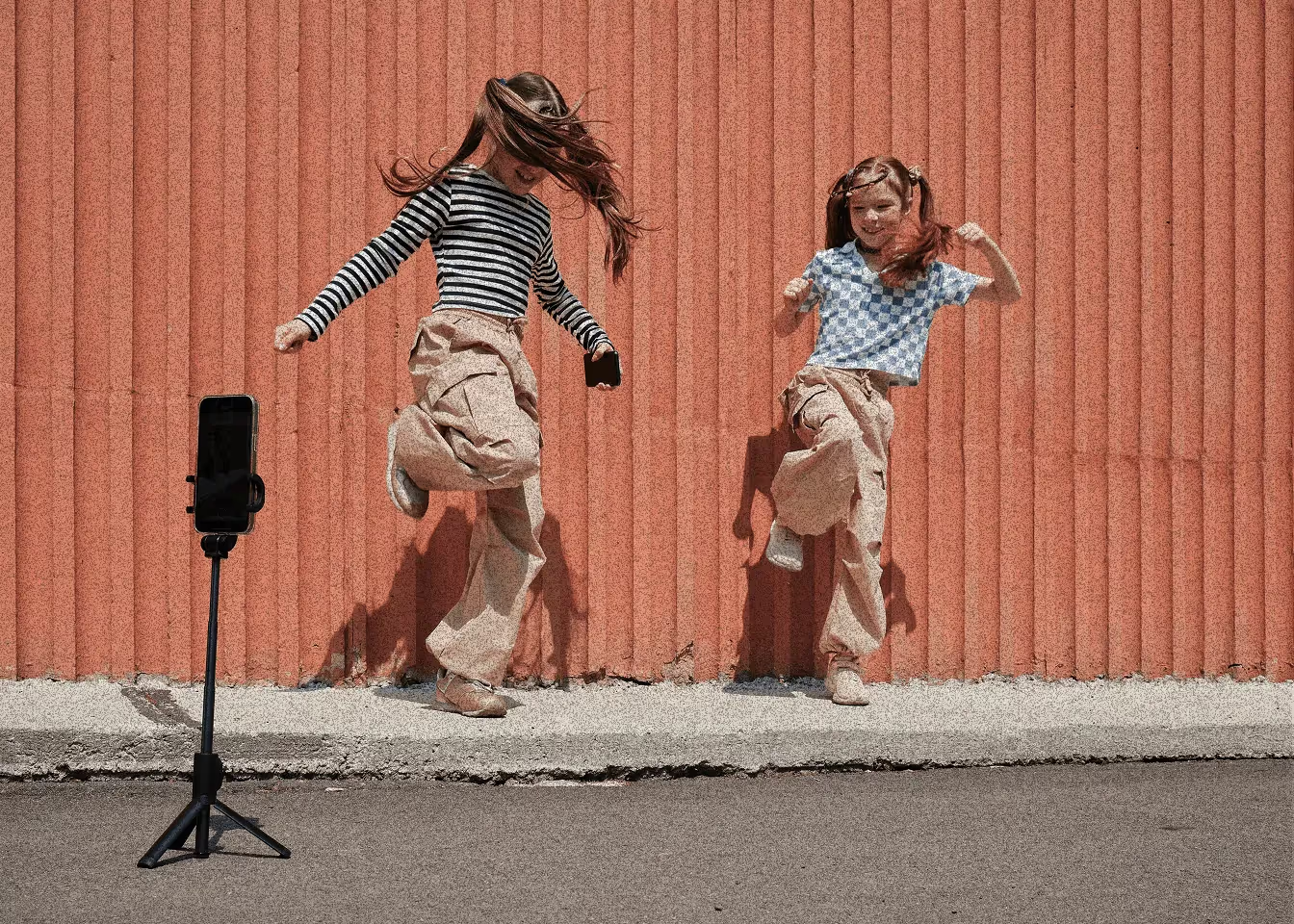Why creators are the key to cultural relevance in marketing
In today’s digital landscape, brands are no longer just competing for attention—they’re competing for cultural relevance.
Consumers don’t just buy products; they buy into stories, values, and shared experiences. This is where creators come in.

From TikTok influencers shaping trends to YouTube creators redefining storytelling, collaborating with creators is one of the most effective ways to align your brand with culture in an authentic, impactful way.
But it’s not just about partnerships—it’s about embedding your brand into the cultural moments that matter.
Creators as cultural connectors
THE SHIFT: Traditional advertising is losing its grip—authentic voices now drive engagement.
Consumers trust creators more than brands. A polished commercial might showcase a product, but a creator brings it to life within a cultural context—making it relevant, relatable, and part of the conversation.
THE DATA: Creator-driven content outperforms traditional marketing.
- 86% of consumers say authenticity is key when deciding what brands to support (Stackla, 2023).
- Creator-led marketing generates 2.4x higher engagement than brand-produced content (Influencer Marketing Hub, 2024).
- 70% of Gen Z prefers brands that align with their values and cultural movements (McKinsey, 2023).
Bringing cultural relevance to your brand — the creator playbook
1. Partner with creators who shape cultural conversations
Not all influencers are equal. The best brand partnerships happen when creators are already embedded in cultural moments.
- Identify creators who lead trends, not follow them.
- Prioritize authenticity over reach—micro and niche creators often drive deeper engagement.
- Let creators shape the narrative—their storytelling resonates more than scripted promotions.
Example: When Duolingo leaned into TikTok culture, it transformed its brand voice through creator partnerships and viral, self-aware humor. The result? Over 10 million followers and a fresh, relevant brand identity.
Risk to avoid: Overly scripted brand deals can feel forced and inauthentic. Give creators the freedom to integrate your brand naturally into their content
2. Tap into cultural moments, not just trends
Trends come and go, but cultural moments have lasting impact. The difference? Trends are fast-moving, while cultural moments shape the way people engage with the world.
- Align with movements that reflect your brand values (e.g., sustainability, diversity, digital expression).
- React in real-time to key cultural moments where your brand has a voice.
- Create campaigns that contribute to the conversation, not just capitalize on it.
Example: Nike consistently stays culturally relevant by collaborating with athletes, musicians, and creators who stand for something bigger than sports. From Colin Kaepernick to Serena Williams, their partnerships reflect the cultural pulse.
Risk to avoid: Jumping on cultural moments without authenticity or commitment can backfire. Ensure your brand’s involvement is meaningful, not performative.
3. Localize your approach for global impact
What’s culturally relevant in one market may not resonate in another. Global brands need localized creator strategies to truly connect.
- Work with local creators who understand the cultural nuances of their audience.
- Adapt messaging to fit regional trends while maintaining brand consistency.
- Encourage creators to showcase how your product integrates into their daily lives and traditions.
Example: McDonald’s successfully localized its brand through creator collaborations highlighting regional menu items and cultural traditions, making its brand feel personal and relevant in every market.
Risk to avoid: A one-size-fits-all approach can feel disconnected. Tailor creator partnerships to match local audiences while keeping a unified brand message.
The future of cultural relevance is creator-led
Creators aren’t just amplifiers — they are culture builders.
By integrating their voices, storytelling, and communities into your brand strategy, you ensure that your brand doesn’t just follow cultural relevance — it becomes part of it.
The brands that will win the next decade aren’t just selling products. They’re shaping conversations.
And the best way to do that? Through the creators shaping culture.